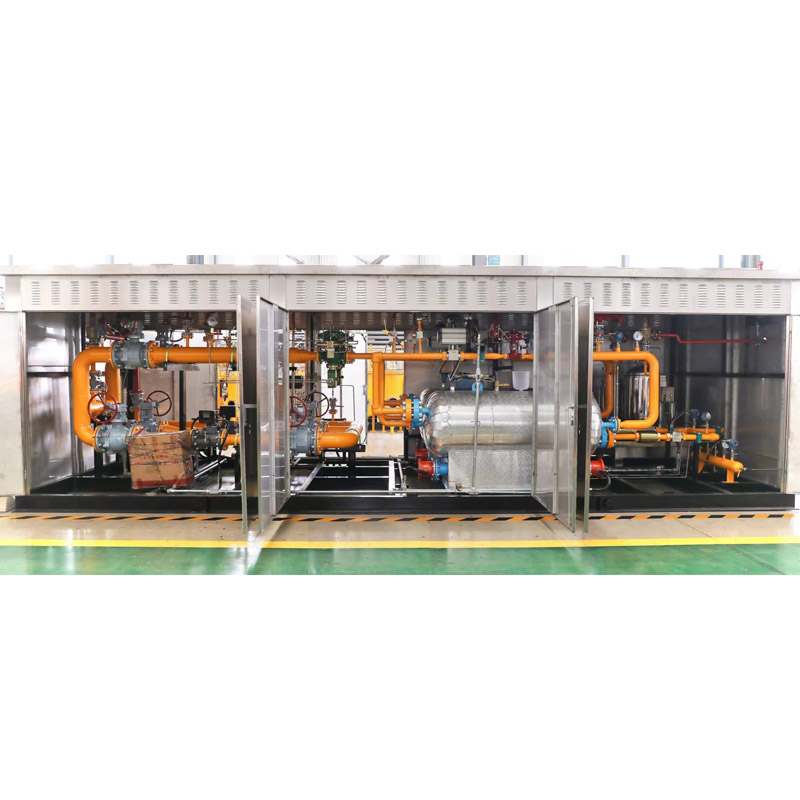
Nov . 06, 2024 12:13
Back to list
Pressure Relief Equipment for Enhanced Safety and Performance in Industrial Applications
Understanding Pressure Relief Equipment Essential Components for Safety and Efficiency
Pressure relief equipment plays a critical role in various industries, particularly those that handle gases and liquids under high pressure. These systems are designed to prevent excessive pressure build-up, which can lead to hazardous conditions, equipment failures, and even catastrophic incidents. Effective pressure relief mechanisms are crucial for maintaining safety, optimizing performance, and ensuring regulatory compliance in facilities across the globe.
What is Pressure Relief Equipment?
Pressure relief equipment encompasses a range of devices designed to manage pressure levels within a system effectively. Common types of pressure relief equipment include pressure relief valves (PRVs), rupture disks, and venting systems. Each of these components serves the primary purpose of releasing excess pressure to maintain safe operating conditions.
1. Pressure Relief Valves PRVs are mechanical devices that automatically open to release excess pressure when it exceeds a predetermined threshold. They are often spring-loaded and can be adjusted to accommodate varying pressure requirements. When the system pressure falls back to a safe level, the valve closes, providing a reliable means of pressure management.
2. Rupture Disks Unlike PRVs, rupture disks are non-reversible devices that burst at a specific pressure. Once activated, they must be replaced, making them suitable for applications where pressure relief is infrequent. Rupture disks are often used in conjunction with PRVs for additional safety, ensuring that any sudden pressure surge is managed effectively.
3. Venting Systems These systems include various configurations of piping and valves that direct excess pressure to a safe outlet. Proper venting is essential in processes where flammable or toxic materials are present, as it helps to minimize environmental and safety risks.
Importance of Pressure Relief Equipment
.
- Safety Assurance The primary objective of pressure relief systems is to ensure the safety of personnel and equipment. By preventing overpressure situations, these devices mitigate the risk of explosions and other dangerous incidents.
معدات تخفيف الضغط

- Operational Efficiency Maintaining optimal pressure levels helps to ensure processes run smoothly. Excessive pressure can lead to inefficiencies, equipment wear, and costly downtime. By managing pressure effectively, businesses can enhance productivity.
- Regulatory Compliance Many industries are subject to strict regulations regarding pressure management. Failure to comply with these regulations can result in significant fines, legal liabilities, and damage to reputation. Implementing robust pressure relief systems is essential for compliance.
Choosing the Right Pressure Relief Equipment
When selecting pressure relief equipment, several factors must be considered
- Application Requirements The specific application will dictate the type of relief device needed. Factors such as operating pressure, temperature, and the nature of the fluids involved will influence the selection process.
- Material Compatibility The materials used in pressure relief devices must be compatible with the fluids they will encounter. This ensures durability and reliability, preventing material degradation that could compromise safety.
- Maintenance and Inspection Regular maintenance and inspection are essential for the effective operation of pressure relief equipment. It is crucial to develop a maintenance schedule and adhere to it to ensure that all components function correctly when required.
Conclusion
In summary, pressure relief equipment is a vital component of safety management in industries involving high-pressure systems. By understanding the different types of devices available and their importance, businesses can take proactive measures to safeguard their operations. Investing in quality pressure relief equipment not only enhances safety but also contributes to overall operational efficiency and compliance with regulatory standards. As industries continue to evolve, the role of pressure relief systems will remain pivotal in safeguarding both workers and equipment from the dangers of uncontrolled pressure.
Latest news
-
Safety Valve Spring-Loaded Design Overpressure ProtectionNewsJul.25,2025
-
Precision Voltage Regulator AC5 Accuracy Grade PerformanceNewsJul.25,2025
-
Natural Gas Pressure Regulating Skid Industrial Pipeline ApplicationsNewsJul.25,2025
-
Natural Gas Filter Stainless Steel Mesh Element DesignNewsJul.25,2025
-
Gas Pressure Regulator Valve Direct-Acting Spring-Loaded DesignNewsJul.25,2025
-
Decompression Equipment Multi-Stage Heat Exchange System DesignNewsJul.25,2025

